Want free spring perennials? Divide perennials in spring so you'll have more to transplant in your garden and share with family and friends.
9 Spring Perennials You Should Divide
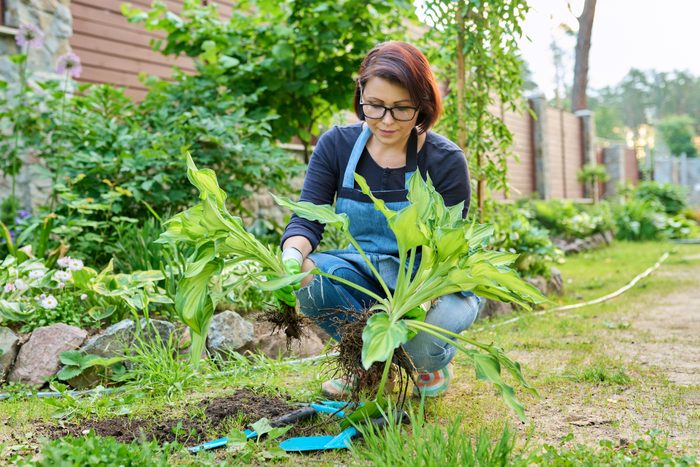
When to Divide Perennials
Springtime is prime time to divide perennials, especially those that bloom in summer and fall. Dividing in spring gives the young perennial divisions several weeks to establish before the weather heats up.
In spring, you can clearly see the new growth as the perennial emerges from the ground. And when leaves are small, it’s easier to determine where you can divide the perennial. Waiting runs the risk of damaging the leaves, roots and stems on larger, fuller plants.
Besides expanding your garden, spring perennials may need to be divided in spring because they’re growing too close together. Or maybe they’ve outgrown their space and are pushing against a fence, tree, sidewalk or other fixture. Yet another cry for division is when plants develop the donut look, with all new growth at the perimeter of the root ball and a dead center.
Gardening tools you may need include a garden spade or shovel with a sharp blade (or a garden fork). Also a pruning saw, serrated bread knife or similar tool for cutting through the root ball.
Note: If a plant does the “dividing” for you by self-sowing new plants, dig up those seedlings with a trowel. Then transplant or share with others.
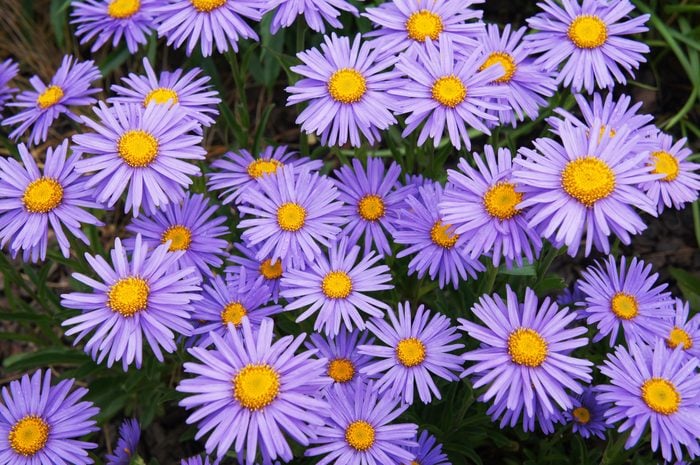
Aster
Divide asters as soon as you see new growth coming out of the ground in spring.
Dig and lift the root ball with a shovel. Cut the ball into however many pieces you want with a tree pruner or other serrated blade. Try to get at least one large bunch of leaves in each division. Transplant divisions to a sunny location and water well. Divide asters about every three years.
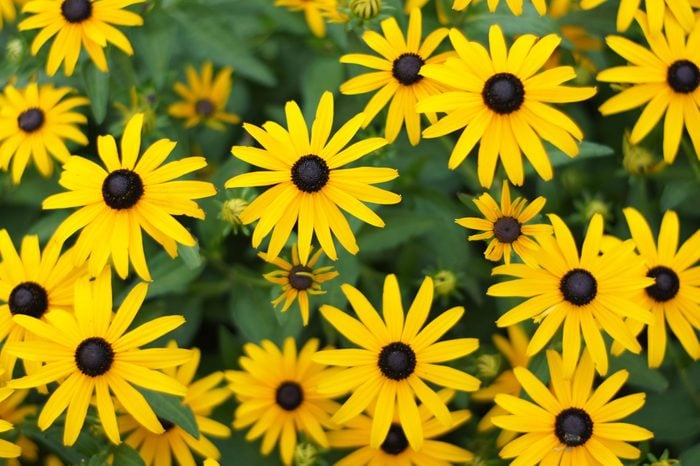
Black-Eyed Susan
These native perennials can quickly become overgrown, so divide every two years. As soon as you see new growth in spring, it’s time to divide.
As with asters, use a shovel to dig and lift the root ball. Cut the ball into as many pieces as you want with a tree pruner or other serrated blade and transplant to a sunny spot.
Several varieties of black-eyed Susan self-sow, providing seedlings you can transplant.
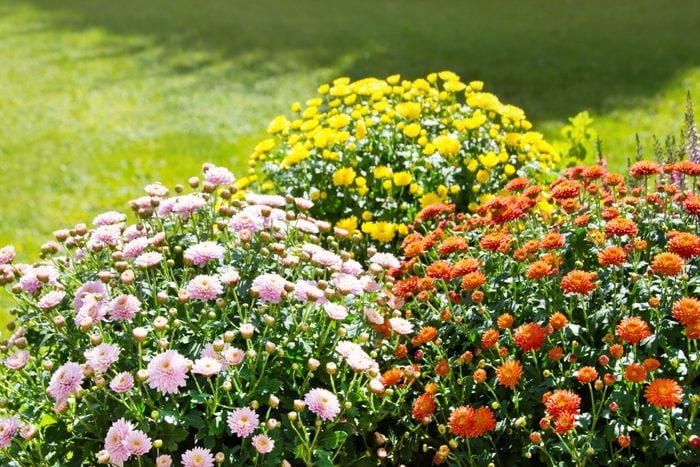
Chrysanthemum
Better known as mums for short, these plants are best divided in spring. Mums can get overgrown so divide every two years. As soon as small leaves have formed at the base of the plant, it’s time to divide.
Use a shovel or garden fork to dig the root ball, and a serrated blade to divide it into as many pieces as you want. Make sure there’s at least one strong set of leaves in each division. Transplant the divisions to a sunny spot and water well.
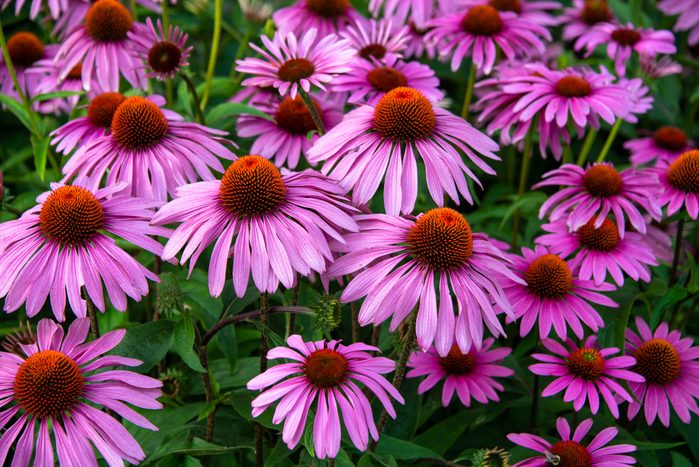
Coneflower
Frequently called purple coneflowers, this native perennial is short-lived, so dividing every two or three years is the best way to keep new plants blooming in the garden.
Divide in spring as soon as you see new growth at the base of the plant. Use a shovel or garden fork to dig and lift the root ball. Divide the root ball with a serrated blade, making sure there’s a strong set of leaves in each one. Transplant to a sunny spot and water well.
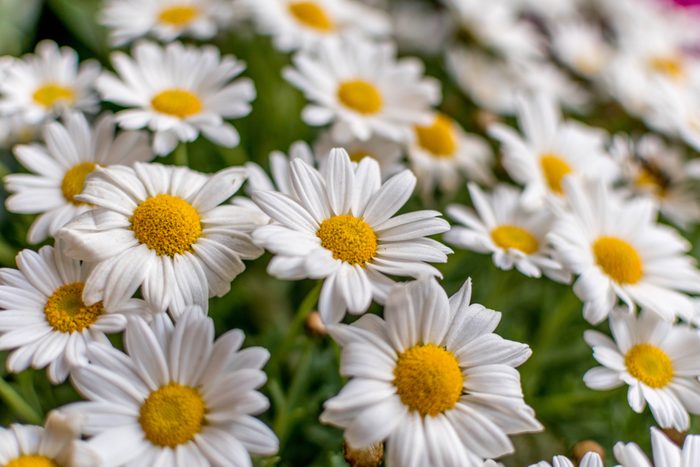
Daisy
This summery perennial also falls into the short-lived category. Dividing daisies every couple of years is one way to keep them looking good in the garden.
Use a shovel or garden fork to dig and lift the root ball. Divide the root ball with a serrated blade into as many pieces as you want, leaving a strong set of leaves on each. Transplant to a sunny location and water well.
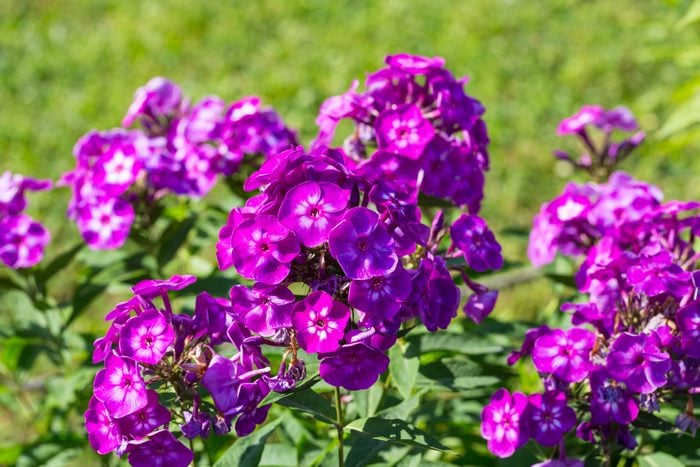
Garden Phlox
Divide phlox in spring when new growth is about two to three inches tall.
Use a shovel or garden fork to lift the root ball and a serrated blade to divide it, making sure there’s at least one baby plant in each division. Transplant to a sunny location with good air circulation to prevent fungus disease. Water well. Divide phlox about every three or four years.
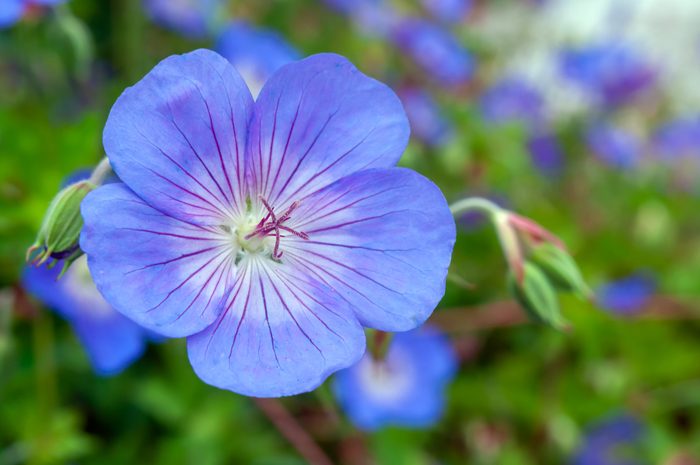
Hardy Geranium
One of the best perennials for the garden, divide hardy geraniums in spring about every three years. Cut off any old growth so you can see new growth at the base of the plant.
Use a garden fork or shovel to dig and lift the root ball. Cut with a serrated blade into as many divisions as you want, as long as there’s one strong growth of leaves in each division. Transplant to a sunny or partly sunny area and water well.
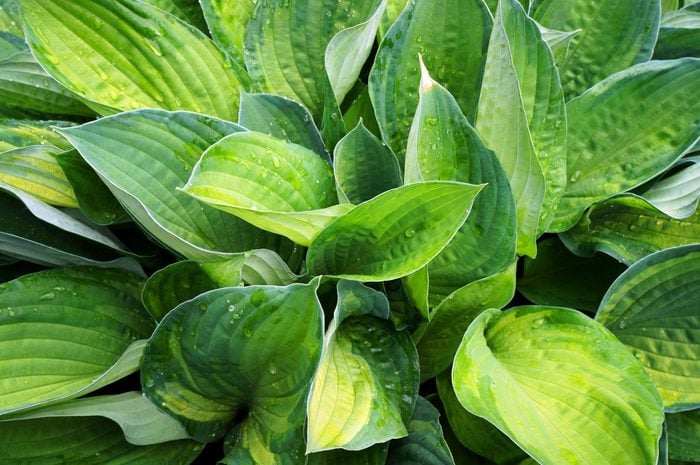
Hosta
Hostas are challenging to transplant at any time other than spring, when it’s easy to tell where to divide them. When hostas become overcrowded or develop the donut effect (see first slide), they should be divided.
As soon as the leaves emerge in spring, use a garden fork or sharp shovel to dig and lift the root ball. Use a serrated blade to divide the root ball. Each division should have one set of leaves. Transplant to a shady area and water well. Some hostas may not need to be divided for years.
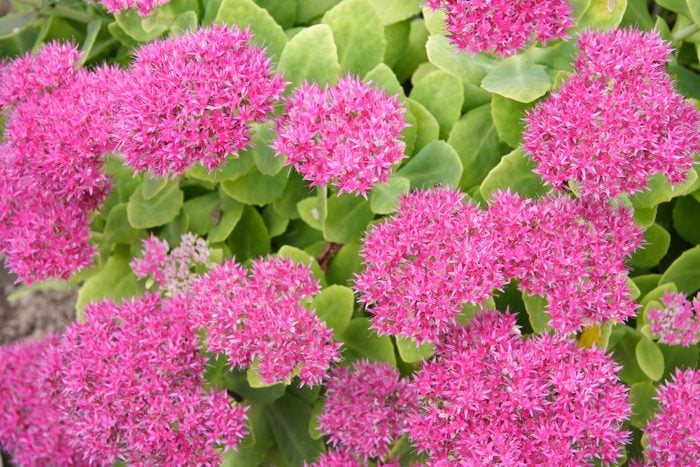
Sedum
Divide sedum in spring as soon as you see new growth at the base of the plant. New growth on most sedum varieties looks like little rosettes.
Use a sharp shovel to dig and lift the root ball. Use a serrated blade to divide the ball into as many divisions as you want. Each division should have a strong set of growing leaves. Transplant to a sunny location and water well.
